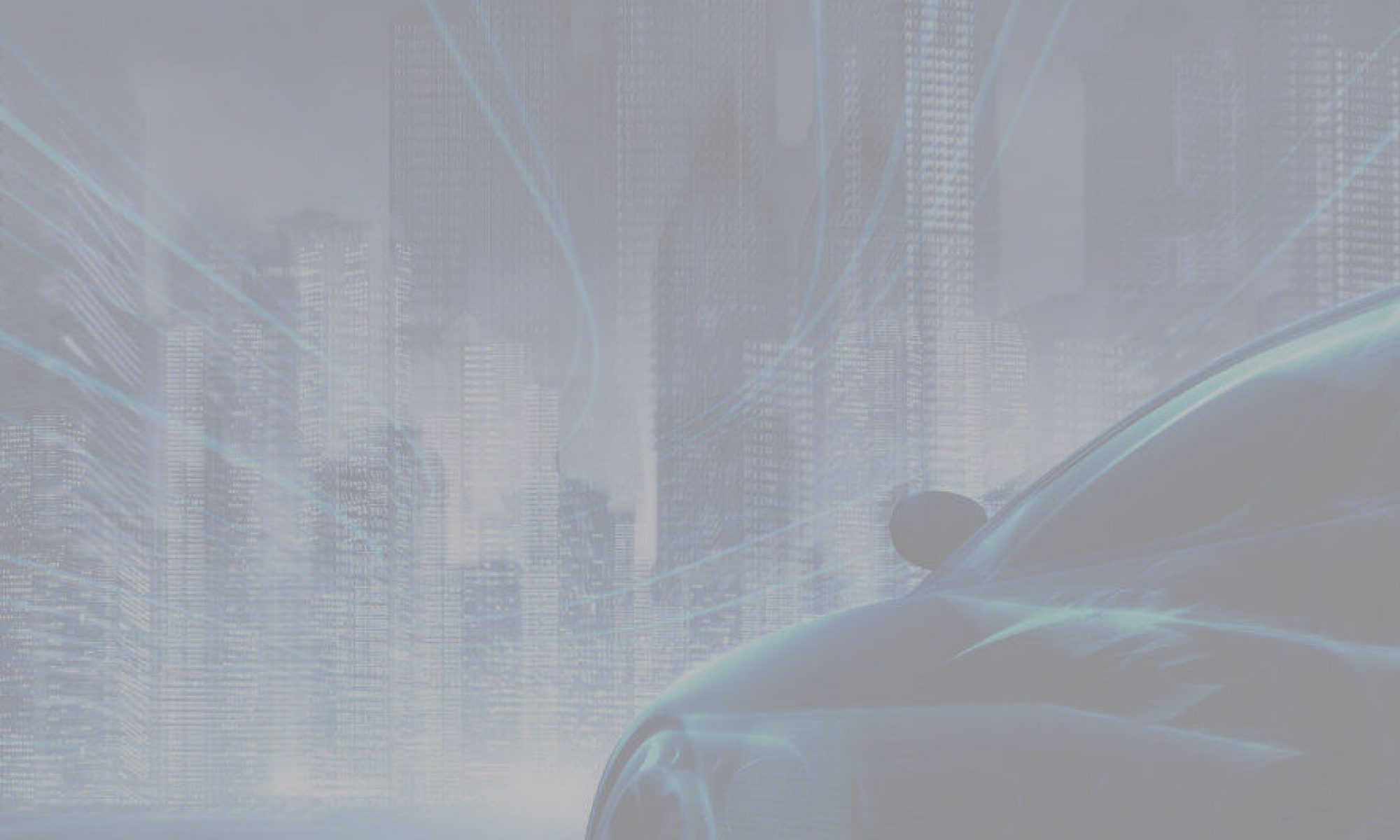Today, an online shopper digests information about a product before he/she makes a decision to buy. A chat bot guides shoppers through multiple channels such as social, search, mobile, and video all the way to checkout process.
Inside a business, an AI powered virtual agent (or chat bot) guides employees through procedures according to knowledge that those bots learned from previous best practices.
In both cases, a chat bot needs to collect data from journeys that people have taken, then attributes to touch points that lead to conversions. For this purpose, algorithmic attribution models is one of approaches to accomplish the goal.
One popular algorithm in this domain is Markov Model. Markov Model formulates a process into states and movements chains, then a movement is the probability of transitioning to a next state from current state. To apply Markov Model in cases explained above, we use states to represent touch points, and the movements are calculated as probabilities that users transitioning from one touch point to a next one.
Attribution analysis is extremely valuable for uncovering the insights of conversion funnels.
